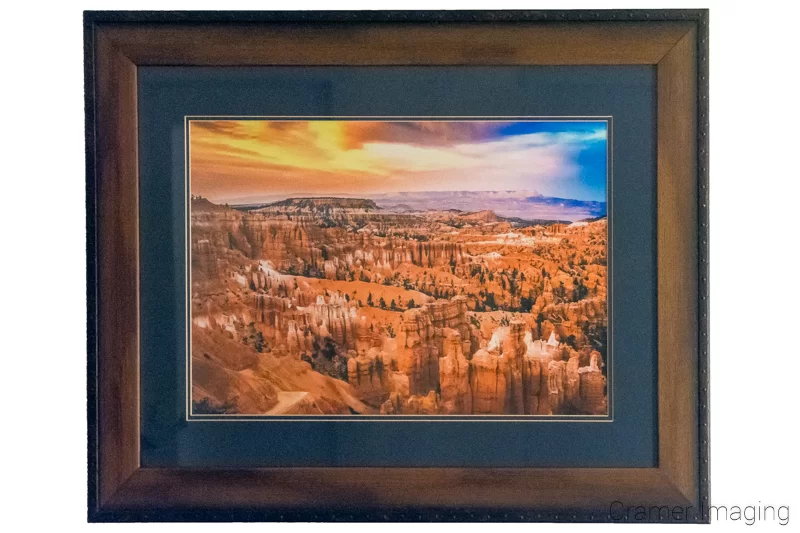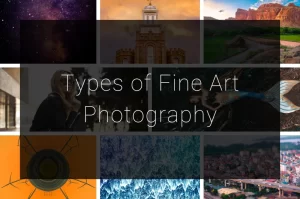Sometimes you might find yourself in a position where you want to buy a piece of fine art which has a price tag higher than you want to pay. Still, the artist or gallery really wants to sell that piece to someone. It’s time for some negotiation. So, let’s talk about how to negotiate for fine art.
Negotiation is a fine art which requires finesse. When it comes to negotiating for fine art, there are a few points which you must keep in mind.
Your Power

The first thing you need to consider is that the other person has a much larger stake in whether or not the fine art sale happens than you do. The seller really wants to make the sale. Your greatest power, as a buyer, is to walk away without purchasing anything (including what you were negotiating for to begin with). You can do so at any point during negotiations. This particular tactic can be a very useful bargaining chip for you if properly applied.
However, this bargaining chip must be applied properly as inappropriate use of this tool can actually work against you. Improper application of the “walk away” threat can make you look like a picky and cheap individual (also called a choosing beggar in certain circles). The seller might lose interest in selling the fine art to you. Should this happen, then you have lost your power in the negotiation and you might have lost out on buying the art piece you were interested in to begin with.
Their Power
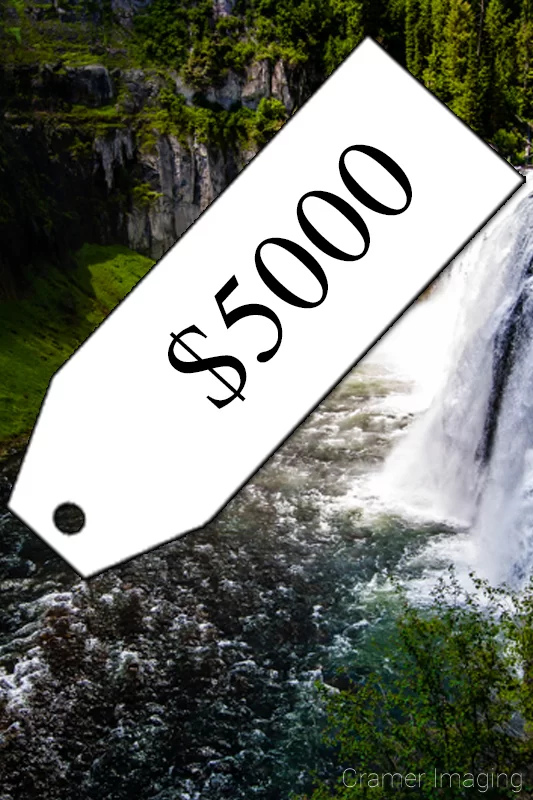
You’ve got your power in negotiation but you’re not the only one to have power in a negotiation. The seller has his/her/their power too. Their power is far different from what your power is. The seller often directly controls the price of the item. He or she can decide to alter the price or not alter the price. Even if the seller cannot adjust the price, he or she often knows who to contact to do so.
No matter what arguments or attempts at persuasion you make, you cannot actually force the seller change the price in your favor. This is the seller’s power in negotiation.
If you are not well behaved and respectful at all points during negotiation, it’s highly likely that the seller won’t budge at all. If you are exceptionally rude, the seller may even refuse to do business with you. Then you don’t get to buy the fine art you’ve been trying to buy. It’s that simple.
The Process
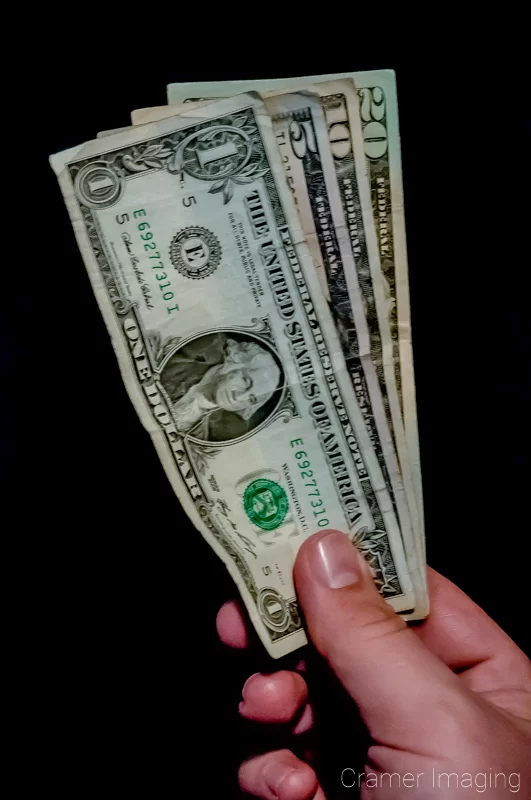
Negotiation is a process of going back and forth, or dickering, on a price which both parties can agree upon for a good or service. It is a dance of offers and counter-offers made by each side in an attempt to get the best deal possible for themselves from the other party. As you negotiate the price of fine art, you will make several offers and reject counter-offers.
This dance starts with you (the customer) inquiring about a price and the seller giving you a price quote. You then reject the price with a reason such as “that’s way too much.” The seller then expects you to come back with another price which you would be willing to accept. Then he or she will accept or reject the new price. This process will continue until you both agree upon a price or find that you both cannot agree upon a price. No matter which outcome happens during your talks, this is where the negotiation concludes.
During the process, you both will express reasons (or excuses) as to why the piece of fine art should be priced at your suggested or their stated price. This can include pointing out defects which are present in the art. It also includes telling how difficult the piece was to create or how difficult the material is to work or obtain. The seller will be trying to add value to the piece while you will be trying to detract from it through your conversation.
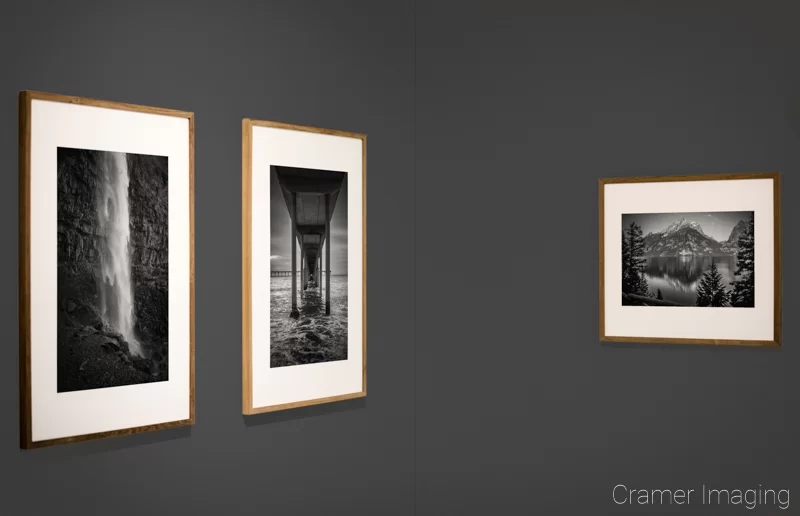
If either of you choose not to move on your price, then you are not negotiating at all.
Understand Fair Market Value

When you go into a negotiation for fine art, you really need to understand the fair market value for the piece(s) you are attempting to buy. If you low ball an offer (say $75 for a $600 piece), then the other side may interpret that offer as an insult, even if you are genuinely ignorant of why. The seller will not want to lower the price on such an insult. A non-ignorant low ball offer is even worse.
On the other hand, you could offer way more than a piece is worth. While this will result in an immediate sale for you, you will be paying WAY too much for the piece of fine art you are purchasing. It is your money to spend how you will. No further explanation required here.
If you are looking to buy a piece of fine art, especially a pricey piece, make sure that you take the time to get a general feel of real market value for the piece. This is so that you don’t overpay or insult someone in the process. Also, bear in mind that Ebay listings don’t count as research. Anyone can ASK for any price they want to. However, asking does not mean that the item will actually SELL for that price at all.
Know When to Negotiate
Part of negotiating for fine art is knowing when to negotiate and when to not attempt it. Some artists are not willing to dicker on the price at all. They feel that their efforts are worth the price tag they attach and, therefore, will not budge at all on the price.
Also, some gallery workers are paid on commission. Their pay is directly connected to the sale price of the art they sell. The smaller the sale price, the smaller their pay. They want to maximize their overall pay at the end of the day. They might not be willing to budge on price either.
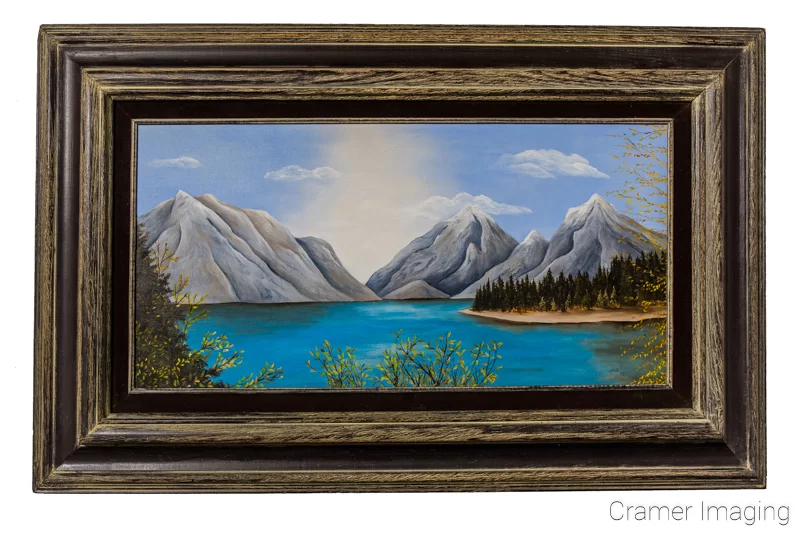
The final consideration is when art is on consignment. When art is consigned, the artist and the gallery take a cut of the final sale price. Often times, the artist gets the larger share of the final sale price. When dealing with consignment, you are dealing with both the artist’s views of their art. You’re also dealing with the gallery’s commission for final sale price. Both parties might not want to negotiate at all on price. This will especially be the case for galleries where the commission is a slim portion of the overall sale price.
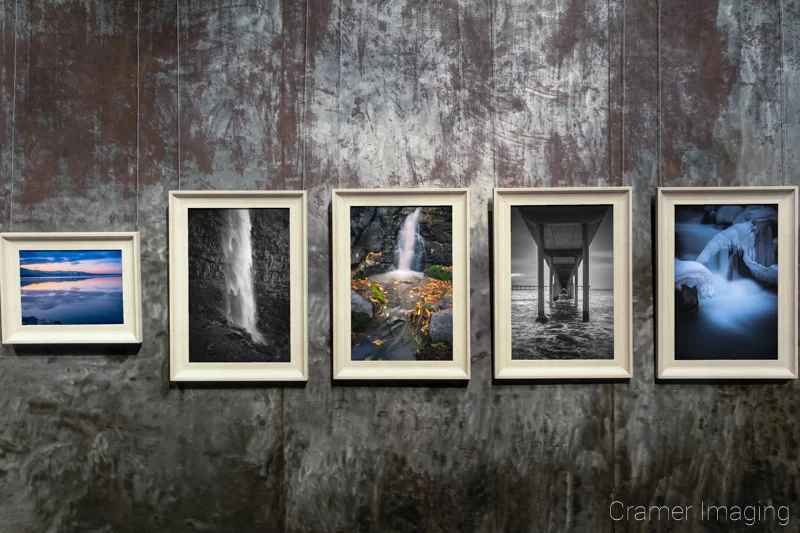
The point here is to be prepared to drop negotiating on a moment’s notice.
Conclusion
Negotiating for fine art is a delicate dance of proposing possible sale prices for the other party to accept. You, the buyer, can walk away at any time. The seller controls the price. Understanding fair market value and when to not negotiate are important aspects of the process. Once you both agree on a price, the negotiation concludes. If you can’t agree on a price, the negotiation also concludes.
If negotiations conclude in your favor, meaning with a sale, then negotiating for fine art has been a worth-while exercise for you. Good luck as you negotiate the price of your new fine art.


